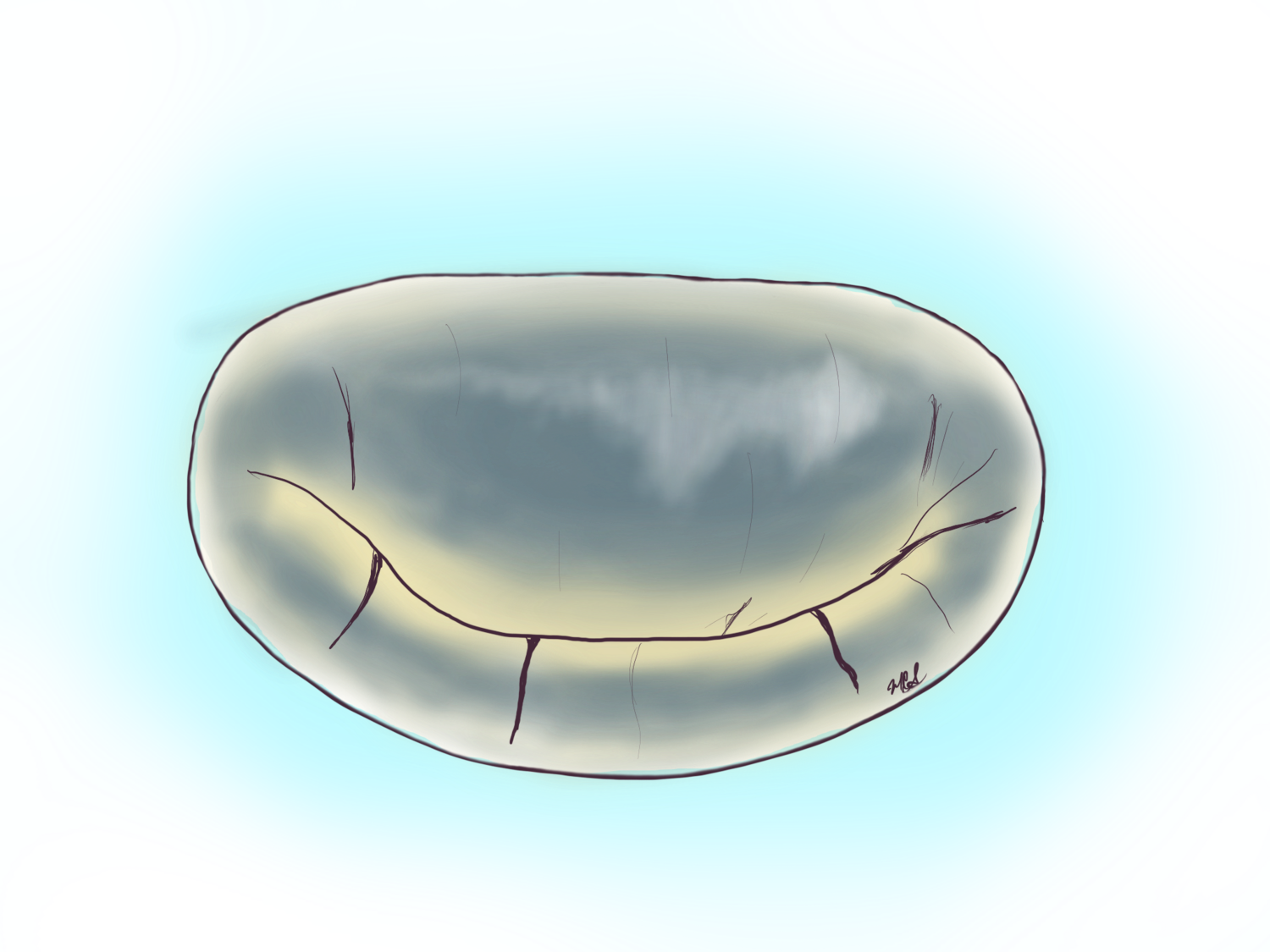MITRAL VALVE REPAIR
How is mitral regurgitation best treated? Amongst physicians there is clear consensus that degenerative mitral valve disease (ruptured or stretched chords) is best treated with surgical repair. The techniques encompassed in repairs are multiple and overall all work well, some with advantages over others.
Take Home Points:
Mitral valve repair is the standard of care for degenerative mitral valve disease.
Mitral valve repair surgery is a subspecialty of its own. Two different and complementing types of repairs: resection and respecting techniques.
Mitral valve repairs are superior to mitral replacements.
For ischemic mitral regurgitation and functional mitral regurgitation the information is not definitive to support repair versus replacement as it is in degenerative disease. In these circumstances the mechanism of the mitral injury, the underlying problem leading to the damage, patient's other medical problems, and age may all play an important factor in the surgeon's decision process to suggest repair or replacement.
Repair techniques:
Resection of the damaged portion…
”Resectional techniques”
A repaired mitral valve using a resection technique. The flail portion of the flap is resected or cut and then sewn back together. This repair can be performed minimally invasive with a 2 inch incision on the right chest.
The oldest and perhaps most widely use technique to repair the mitral valve is a resection technique in which the affected segment of the valve is resected and the cut edges are sewn back together. This repair is typically complemented by the application of an annuloplasty ring. Annuloplasty rings are manufactured by different companies and have different materials and consistency. Some are rigid, semi-rigid, and soft. Their purpose is to conform the annulus to the current desired dimension and provide longevity to the repair. In some cases partial rings or bands are utilized (surgeon training and experience influence decision). Overall medical data has shown that complete rings are superior to bands, but both are superior to no ring implantation.
A minimally invasive mitral valve operation using a resectional technique to correct a posterior flap damage. The damaged segment is cut out and then the two free edges are sewn back together. The operation was performed via a 2 inch incision on the right chest.
Reconstruction of the ruptured chords…
Posterior leaflet Neochord implantation
THe REspect repair
The mitral valve can often times be repaired without cutting out portions of eat, but using gortex sutures to recreate the natural anatomy of the valve as shown in this image with chords anchored (green) on the muscle of the heart and then to the posterior flap of the valve.
Over the years, the amount of tissue resected has decreased from the large quadrangular resection to the smaller triangular resection, and over the last 20 years to a respect, rather than resect approach where reconstructing the loss chords using gortex suture repairs the valve. The respect rather than resect technique was popularized and studied at Leipzig Heart Center. The technique in essence consists in measuring the ideal length of the ruptured or stretched chords and re-anchoring the flail or prolapsed segment using a premeasured set of loops that are anchored to the papillary muscle in the heart. This technique is not only reproducible, but also efficient and durable, allowing repairing complex areas of the valve. It also allows for implantation of larger size annuloplasty rings than the resection techniques. The larger the rings, the lower the risk for mitral stenosis.
Leipzig technique
A mitral valve with a posterior or back leaflet (flap) flail from a ruptured chord (degenerative disease).
A repaired mitral valve using a respect technique and new gortex chords to the posterior flap to re-anchor the flail flap. This repair can be performed minimally invasive with a 2 inch incision on the right chest.
Mitral Valve Repair of Bileaflet Prolapse (Damage to Both Flaps)
In the past, the repair of bileaflet (or damage to both flaps of the mitral valve) was perceived as a difficult operation. Newer techniques such as neochordal reconstruction have facilitated the repair of these complex mitral valve problems. These techniques can successfully and are frequently performed minimally invasive through a right minithoracotomy.
This transesophageal echocardiogram shows the prolapse of both flaps of the mitral valve (bileaflet prolapse). The correction of this problem is shown on a separate video.
Mitral Valve Repair for Commissural Disease (Damage to Corner Flaps)
Expectations for mitral valve repair surgeons and centers
This table summarizes the American Heart Association and American College of Cardiology as well as Society of Thoracic Surgeons recommendations for mitral valve repair in cases of patients with severe mitral leakage.
Mitral Stenosis After Mitral Repair
When repairing mitral valves one may say that almost anyone can fix a mitral valve and stop the leakage, but not everyone can do it without making the valve susceptible to stenosis or tightening. This concept holds true today. The smaller the size of the ring implanted, the higher the chances of making the valve too tight. The consequences of this are important because mitral stenosis can create similar symptoms to mitral regurgitation.
Mitral Valve Treatment With a Clip Device
For persons with severe mitral leakage who are not candidates or are high risk candidates for open heart surgery mitral, valve repair or replacement (whether minimally invasive or via sternotomy) there is the option of a mitral clipping using a device commercially available and approved by the FDA (MitraClip, Abbott, Abbott Park, Illinois, U.S.A.). The durability of this therapy long-term is not fully understood yet. It is important for heart specialists to understand the indications for this therapy and that it is not offered to candidates for heart surgery as the proven benefit of surgical mitral valve repair for degenerative disease is very clear and is clearly advantageous over clipping the mitral valve. Sometimes mitral clipping procedures fail and in such cases a mitral valve operation is necessary to rescue the patient or correct the leaking mitral valve.






